
Being creative on demand is not always such an easy task. There are days when you find yourself stuck in a rut, working over and over again on one sound or mix for what feels like forever. In truth, these moments of creative block are inescapable for even the most seasoned producers. That’s why it’s essential to develop techniques to move through these moments of artistic frustration.
To help you break through your next barrier, Native Instruments asked producers from across the sonic spectrum to share their techniques. Not only do these tips showcase a range of ideas and methods for dealing with creative blocks, they also highlight the fact that even professional producers can find themselves stuck at some point. And if they’ve found ways to overcome their obstacles, you can, too.

Kami Awori
First of all, my ‘creative time’ is in the morning from 10 a.m. until around 2 p.m., and then again at night after 9 p.m. During the afternoon, it’s difficult for me to feel inspired, but I can use that time to work on mixes and other technical aspects. I think this is because in the morning and at night I feel closer to my subconscious, and at those times it’s more natural for me to let it go. I don’t really have to think about what I’m doing.
With that in mind, when I’m working on something and I feel my creative flow is lower, I simply take a break in a place that is physically separate from my work space. I have a room on the fifth floor of a building where I work on music. This room has no wifi (I also turn off my phone when I work), and it has to be clean and well organized to keep the good vibrations. I share a flat on the second floor of the same building, so when I take a break, I usually go downstairs, drink a cup of tea, and leave my computer upstairs. This is key: my break can’t be digital. I like to have nothing to do, just let my thoughts go, sit on the balcony. Usually, a break will be around 30 minutes long, then when I go back upstairs, I feel regenerated—it’s like there is a new space in my mind that has opened up, thanks to the break. [by Juline Michel from Kami Awori]
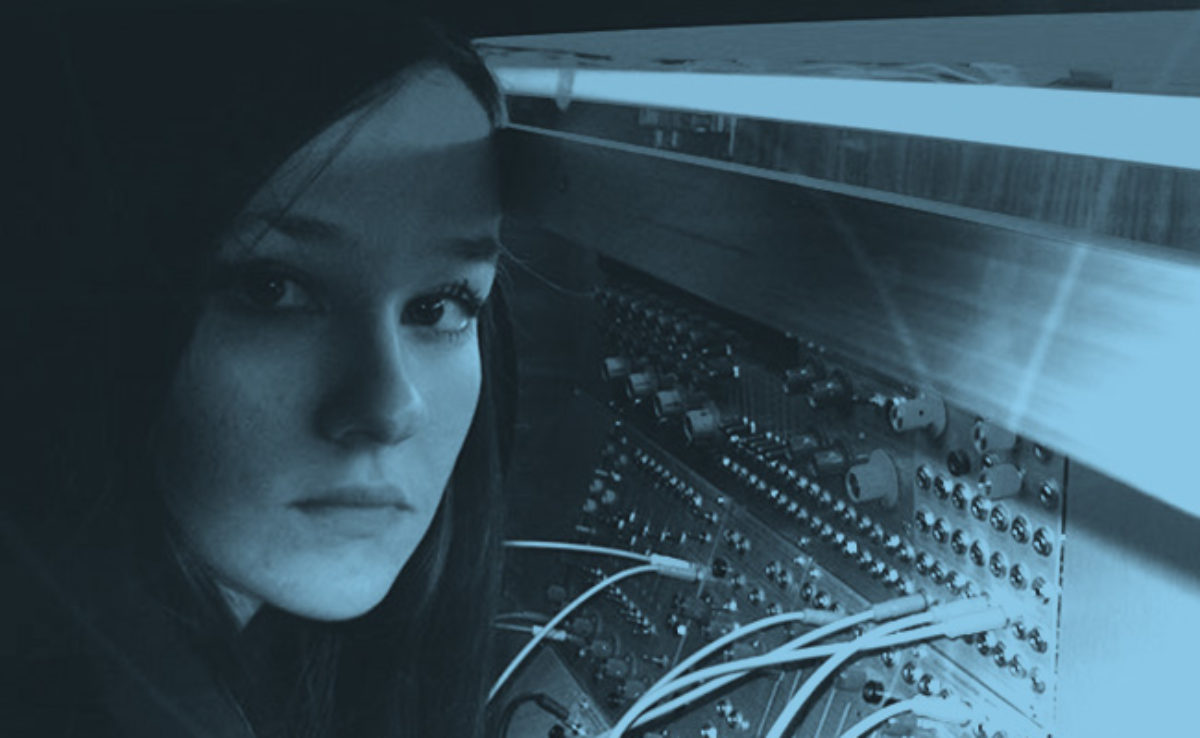
Caterina Barbieri
When I am creatively stuck, I like to lay in bed and listen to the material I am working on. Once in bed, I turn down the volume (in order to be able to fall asleep if I want) and listen to the music on repeat, trying to take an almost alien approach to the sound, as if I’ve never heard it before. Like a dream visiting me for the first time. Sometimes, while working on music, we listen too much with our eyes instead of our ears. But if we close our eyes and get rid of the timeline view on the screen, we may realize there’s much more to see through our ears. The music is already there, filling our room, breathing with us. I believe that if the music I make is good for falling asleep to, then it must be good. Every electronic musician’s studio should have a bed.
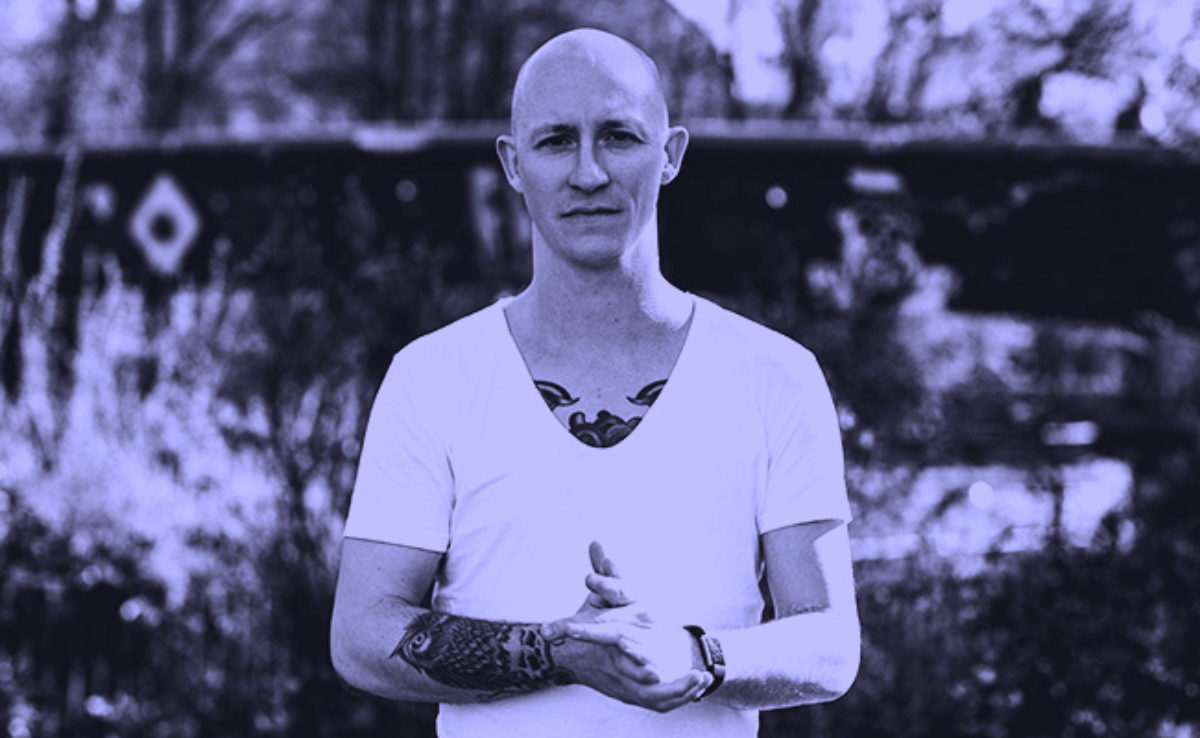
Eric Cloutier
When I’m hitting a wall in the studio, I often sift through records, promos, or hop on Discogs, and find a track from someone else that I really love. I’ll then sit down and dissect what they have done and try to emulate it in some way. This might sound like copying, but in the end, sitting, noodling, and trying to recreate a synth, pad, effect, or even a percussive loop from a track that really resonates with me can all lead to teaching myself something new, but also beget what I refer to as ‘happy accidents.’ Before long, I’ve forgotten what I was trying to recreate and have gone down another wormhole of my own design and — voila! A new track has started to form.

Dis Fig
I find this is a great way to add in some fresh elements if you’re in a rut on a particular song. First, choose one of the audio or MIDI tracks in a song to solo and export. Now, bring it into a new project and clear your mind of the original tune, play around with new instruments and improvise to the track as if it was brand new. When you’ve got a few new ideas down, export back to the original track and see how they fit.

Kim Ann Foxman
When I am stuck on a song or am experiencing a creative block, I have all kinds of tactics that I will use to get in the flow again. First, I usually stop what I’m doing and listen to other music that inspires me. Another tactic I often use is to just start playing with effects in order to make new sample material that is really fun and also gives me something to work with later on. The last tactic I’ll do is strip a track back and play the mute game. I’ll mute, or solo certain elements until I find the combination that feels strongest. This helps me to figure out what parts I can get rid of in order to help open up the track, and it can also lead to a totally new direction and inspire new parts in the song. I don’t get married to ideas. I’ve learned to throw things out easily and to be very open to taking things in another direction.
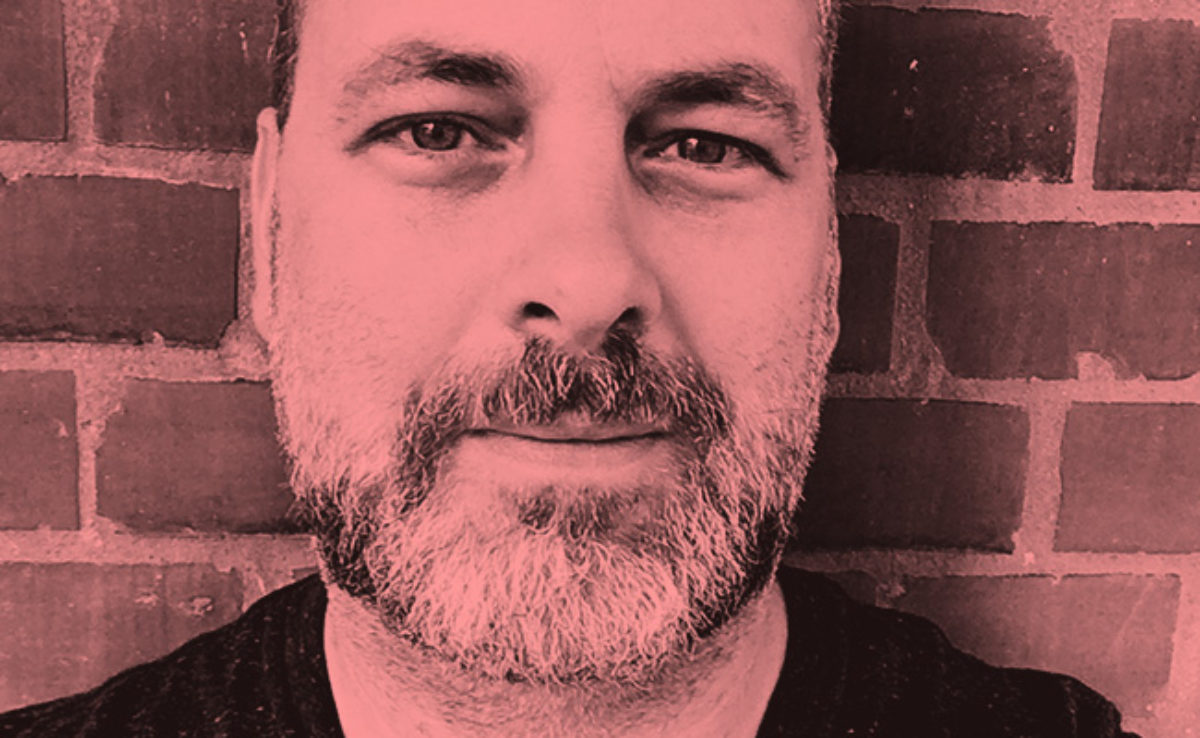
Dirk Leyers (of Africaine 808)
If I get stuck on a track I am working on, I will try to keep myself busy by building new sound archives—creating new drum racks, synth sounds, recording live playing, and checking out software and hardware. In other words, experimenting in the studio without a concrete plan and just having fun. I do this as long as it takes me to feel better about myself. The good thing about it is that your archive is growing with material you can use in future productions. I find this always helps because, at a certain point, cutting and archiving gets so boring that eventually you’ll just want to use the new sounds you’ve created to start fresh with a new song.
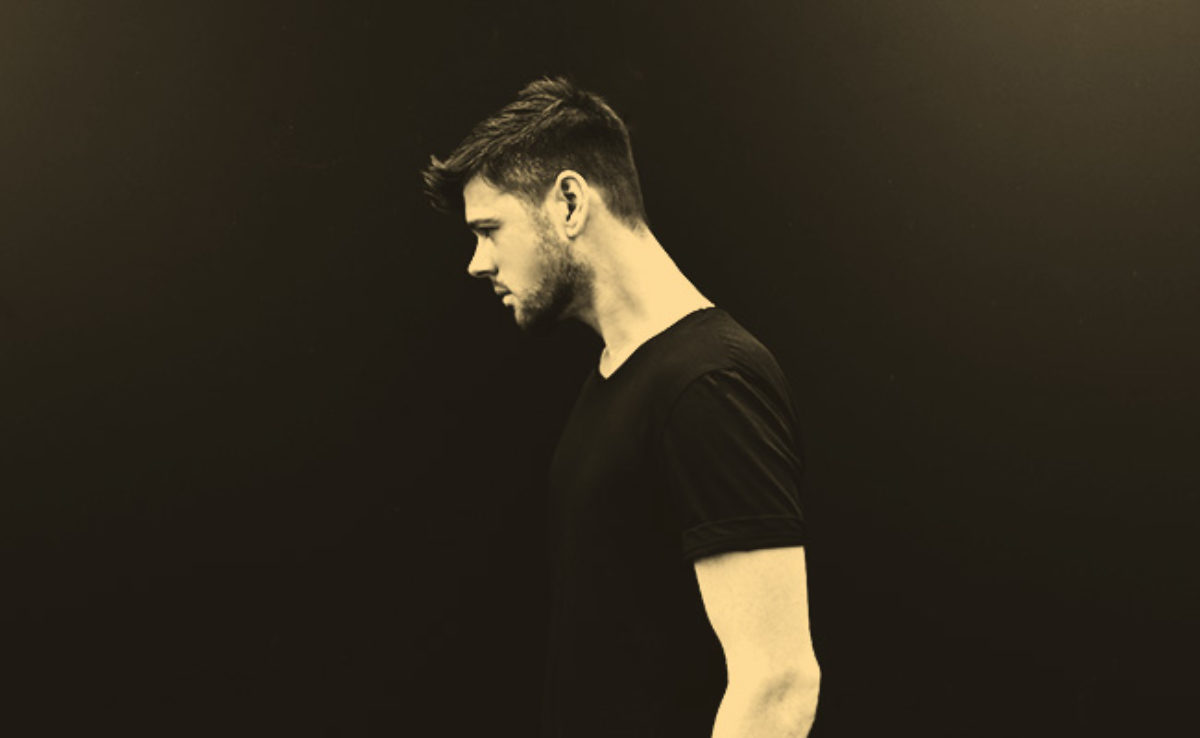
Marc Faenger
If I find myself in a creative trap, I will often try to find a completely different approach from how I usually start working a track. I work a lot with sequencers, and find it rewarding to enter several random triggers on a percussive synthesizer or drum machine, shift a few notes here and there, and maybe send everything into a delay or frequency shifter. Then, I start to listen carefully to where the resulting loop is taking me. Is there a bassline hidden in there? Can I hear an idea for a chord underneath the texture? At other times, I like to record on-the-fly pitch automations on drum sounds (like bongos and toms), and then check the result to see if there is something I can develop further. If I don’t like the first try, there is always overdubbing.
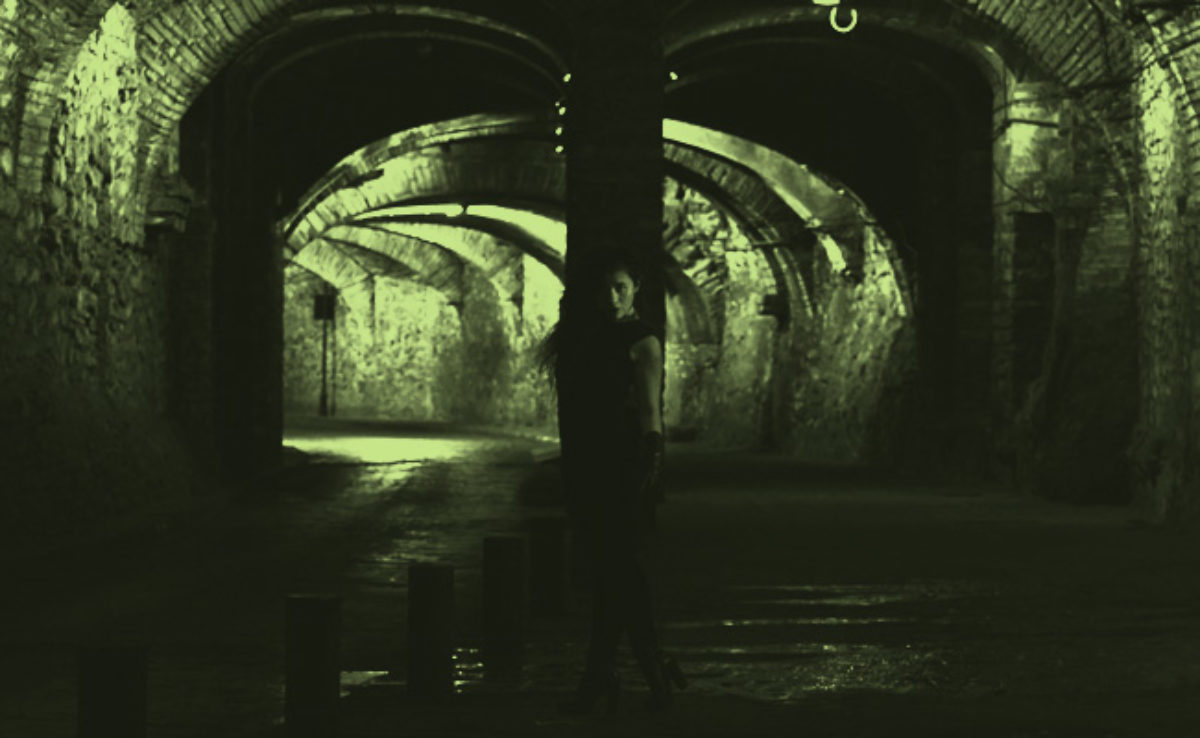
Demian Licht
In my case, I am quite synesthetic, so my method of production involves visualising my albums as scripts in order to develop stories sonically. These scripts can come from an article, a book, or an image, which I will then use as the basis to a develop a sonic/performative idea, or to construct a concept. For instance, when I was doing visual research for my recent Female Criminals Vol. I & II release, I discovered a series of female mugshots from the Victorian era and started to imagine the history behind their crimes. From there, I used these images as an aesthetic guide to creating a kind of sonic script.

Stud1nt
Many of my creative blocks stem from being overwhelmed by the possibilities afforded to me by producing in-the-box. Therefore, I’ve found I need to give myself specific parameters within which to work so that I am not stuck overthinking. For example, I’ll decide in advance that I won’t spend more than five minutes tweaking a sound if I’m in the writing phase, or that I will only use four instruments, two or three effects, and nothing else in a given track. Limitations are key when you don’t know where to begin or can’t figure out how to stop because the arbitrariness forces you out of indecision. It’s easy to forget that you don’t need a ton of software or hardware to be creative—just patience, love, and focus.















